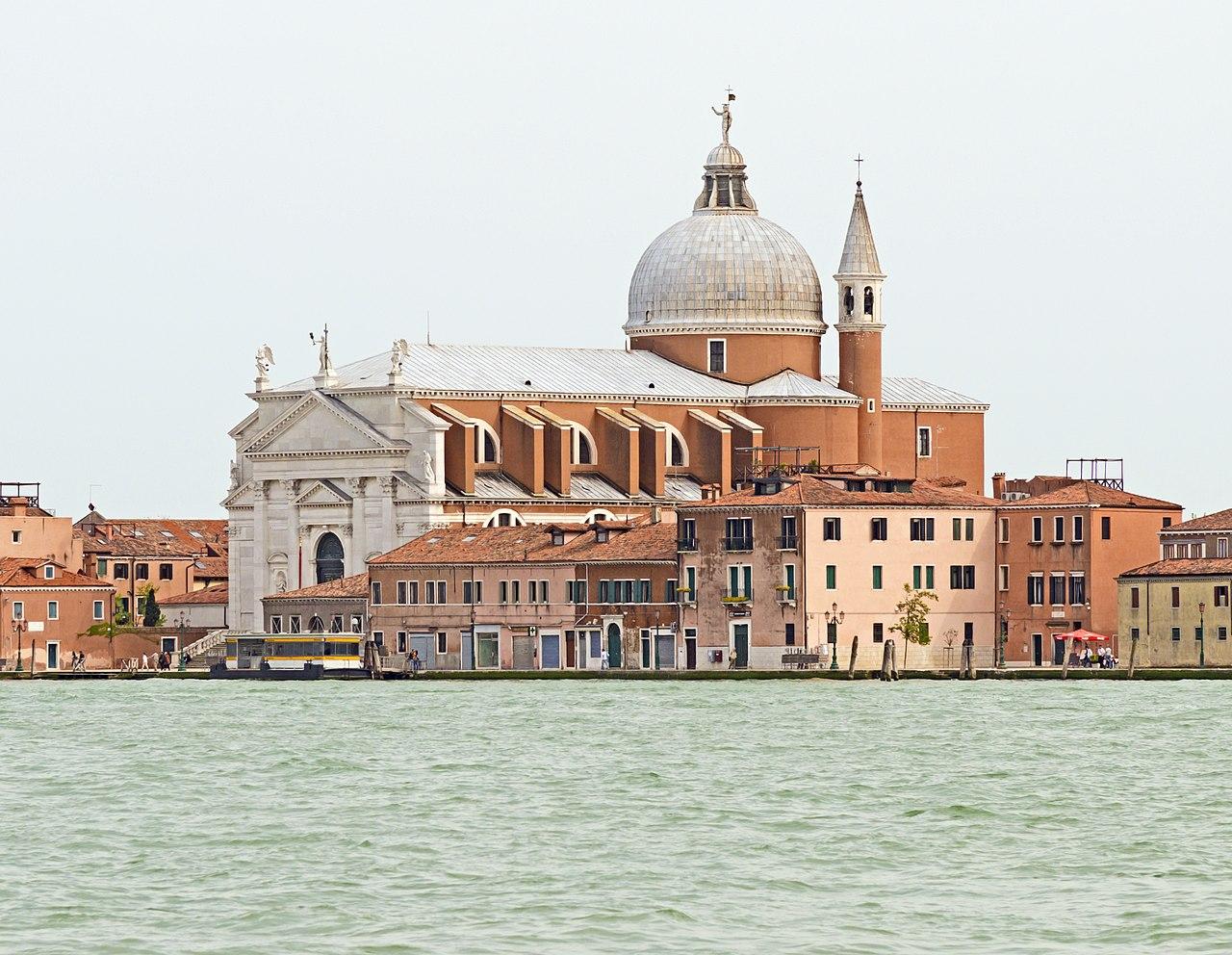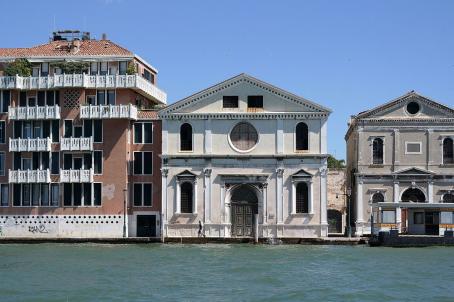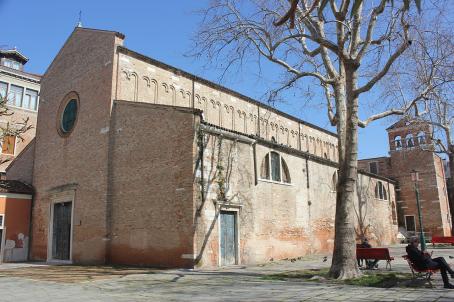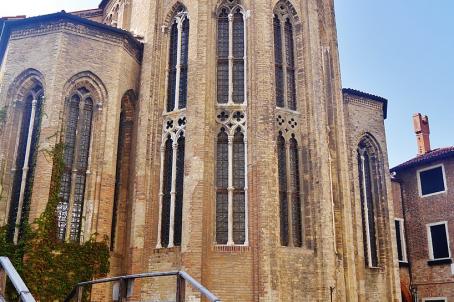Basilica del Redentore
The Church of the Redeemer was designed and begun in 1577 by the architect Andrea Palladio and completed by Antonio da Ponte in 1592. The construction of the church followed the plague epidemic that struck Venice from 1575 onwards and decimated almost one in three Venetians. In September 1576, when the disease seemed unstoppable, the Senate asked for divine help by vowing to build a new church dedicated to Jesus the Redeemer. The Feast of the Redeemer is a festival held annually in Venice on the third Saturday and Sunday of July to commemorate the end of the great plague epidemic of 1575-1576.






